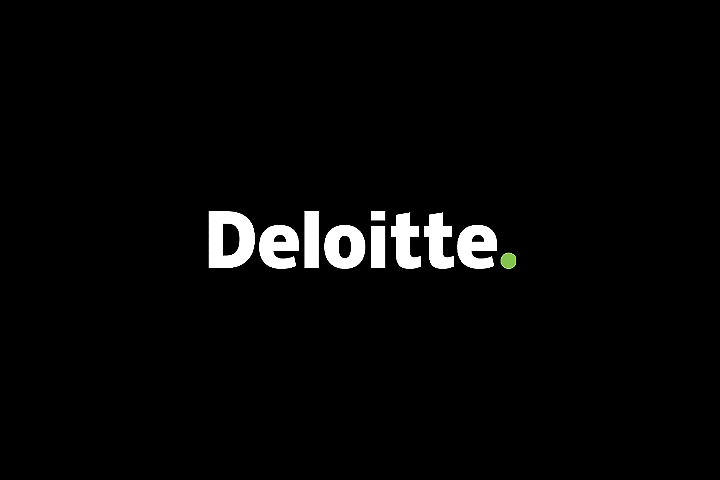- a) Market size: Total Available Market, Serviceable available market, Serviceable obtainable market; and
- b) Value proposition: how and from whom we intend to extract value from in this market.
2. Build stage gates:
Funding should be locked to specific stage gates / milestones. However, it’s important to have long-term committed funding so that good opportunities don’t stall at the stage gates. Getting proof by conducting experiments increases our belief and drives more robust evidence bases.
3. Use the right metrics of success:
Don’t force the teams to build / commit to a business case for the whole vision. Rather, select metrics for each phase that are 100% aligned with the essence of success for
a) the cadence for that phase (e.g., customer validation of critical parts of the model, rate of code drops, or # of target customers engaged) and
b) the essence of the business model (e.g. % of data sources along the supply chain that we can aggregate, cost of customer acquisition, revenue growth).
4. Start with a portfolio view: Is your portfolio balanced between smaller, short-term and moonshots? Split these out based on uncertainty and closeness to core. The closer to the core, the more it should be handled by existing line management.
5. Start small, stay nimble: A series of small bets will almost always trump larger bets. Large bets need big investments, and big investments need big business cases, so you end up locking in solutions too early. Big bets reduce your tolerance for mistakes, and you lose the advantage of speed-to-market. You try to perfect things before releasing them, building highly detailed project plans tracking resources and interdependencies in detail.
6. Ensure the portfolio is funded: This means the projects can rapidly embrace experimentation: they don’t have to do an annual budget for things that they have not even started innovating on yet. The annual budget cycle forces people into taking large bets too early leading to this. Because of the sheer size of the core business, there is the risk you start dealing in big numbers, taking large bets.
7. Prepare for cultural clashes: To minimise risk, the projects need to stay lean and nimble — this can mean a significant cultural shift for the organisation. Find ways to protect your innovation projects from your BAU ‘big bets’ culture: you need to establish and protect a small and nimble innovation culture. Your individual small bets will ladder sustainably up into a bigger portfolio of innovation.





